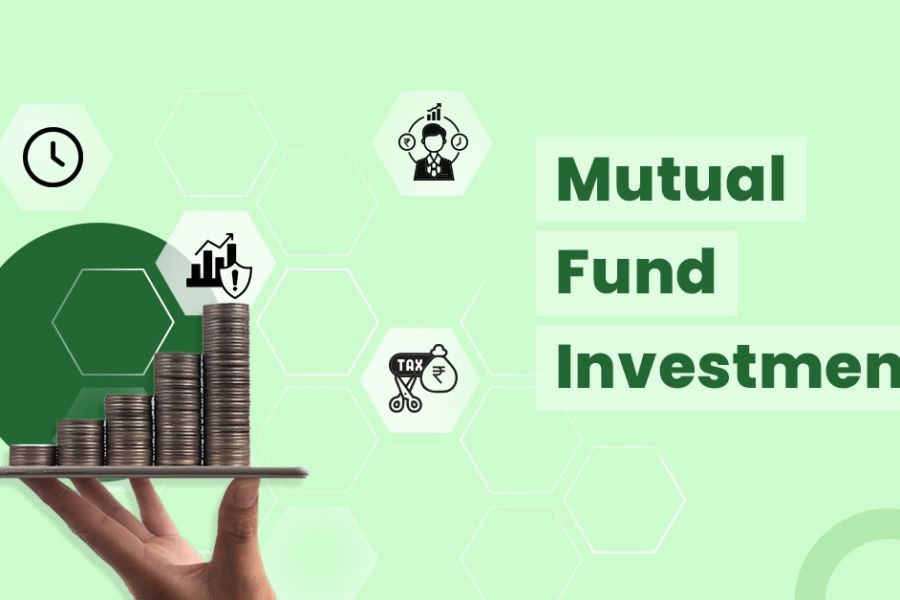In recent years, many Australian investors have been drawn to the potential of renewable energy investments, assured by the notion of their stability and sustainability. However, as financial landscapes evolve, it's crucial to reassess the perceived safety of such investment funds. With Australia's robust push towards renewable energy, accounting for nearly 30% of its total energy consumption in 2021 (Source: Australian Bureau of Statistics), the sector presents both opportunities and unforeseen risks. This article delves deep into why your renewable energy investment fund might not be as secure as you think and explores the broader implications for Australia’s economy and investors.
The Illusion of Security in Renewable Energy Investments
Renewable energy investments have been marketed as safe havens, supported by Australia's commitment to net-zero emissions by 2050. However, this perceived safety is often misleading due to market volatility, regulatory changes, and technological disruptions that can impact returns.
Market Volatility and Economic Uncertainty
While Australia's economy shows resilience, with a growth rate of 3.5% in 2022 (Source: Reserve Bank of Australia), global economic factors like fluctuating oil prices and geopolitical tensions can sway renewable energy markets. Investments in this sector are not immune to such volatility, making risk management essential for Australian investors.
Regulatory Shifts and Policy Changes
Australia’s renewable energy policies are subject to change, influenced by political dynamics and international agreements. The Australian Competition & Consumer Commission (ACCC) frequently updates guidelines that can affect the profitability and viability of renewable projects. Investors must stay informed about these regulatory shifts to mitigate risks effectively.
Technological Advances and Obsolescence
Technological advancements, while beneficial, can render existing technologies obsolete. For instance, as solar panel efficiency increases, older models may lose value, impacting funds invested in them. Staying ahead of technological trends is critical for maintaining the value of renewable energy investments.
Case Study: The South Australian Solar Boom
In South Australia, a surge in solar energy production provided a lucrative investment opportunity. However, unforeseen challenges emerged, demonstrating the sector's inherent risks.
Problem: South Australia aimed to increase solar capacity, attracting significant investment. However, grid instability due to rapid solar adoption led to frequent blackouts, affecting investor confidence.
Action: The government and energy companies collaborated to implement battery storage solutions, stabilizing the grid. This required substantial additional investment, impacting initial returns.
Result: Within two years, grid stability improved, and investor confidence was restored. Solar investments in the region are now seeing a 20% return on investment, aligning with national energy goals.
Takeaway: This case underscores the importance of flexible investment strategies and the need for investors to anticipate infrastructure challenges in renewable energy projects.
Pros and Cons of Renewable Energy Investments
✅ Pros:
- Environmental Impact: Investments contribute to reducing carbon footprints and supporting sustainable development.
- Government Incentives: The Australian government offers tax rebates and incentives for renewable energy projects, enhancing returns.
- Growing Demand: Increasing global focus on sustainability boosts demand for renewable energy, potentially increasing market value.
❌ Cons:
- Market Volatility: Renewable energy stocks can be affected by global economic fluctuations and oil price changes.
- Regulatory Risks: Changes in government policy can impact the profitability of renewable energy investments.
- Technological Risks: Rapid advancements can render existing technologies obsolete, affecting investment value.
Debunking Myths About Renewable Energy Investments
Myth: "Renewable energy investments are risk-free." Reality: While they are crucial for sustainability, renewable energy investments face market and technological risks that can impact returns.
Myth: "All renewable energy projects receive government support." Reality: Only specific projects align with government policies and receive incentives, making selective investment crucial.
Future Trends in Renewable Energy Investments
By 2030, it is predicted that Australia will derive at least 50% of its energy from renewable sources (Source: CSIRO). This transition presents opportunities and challenges for investors. The focus will shift towards emerging technologies like hydrogen and offshore wind, requiring investors to stay informed and adaptable.
Final Takeaways
- Renewable energy investments, while promising, require thorough risk assessment and management.
- Stay informed about regulatory changes and technological advancements to maintain investment value.
- Consider diversifying your portfolio to mitigate market volatility and enhance returns.
To remain competitive and informed, investors should engage with platforms like LinkedIn AU for networking and insights. What strategies have proven successful for your investments in Australia? Share your experiences and insights below!
People Also Ask (FAQ)
How do renewable energy investments impact Australia's economy? Renewable energy investments contribute to job creation and economic growth, with the sector expected to generate 30,000 new jobs by 2030 (Source: Australian Bureau of Statistics).
What are the biggest misconceptions about renewable energy investments? A common myth is that they are risk-free. However, they are subject to market and technological risks, impacting returns.
What are the best strategies for investing in renewable energy? Experts recommend diversifying investments, staying informed about technological advancements, and considering government incentives for long-term success.
Related Search Queries
- Renewable energy investment risks in Australia
- Future of renewable energy in Australia
- Renewable energy technologies in 2025
- Australian renewable energy policies
- Impact of renewable energy on the economy



































kerichambers12
4 months ago